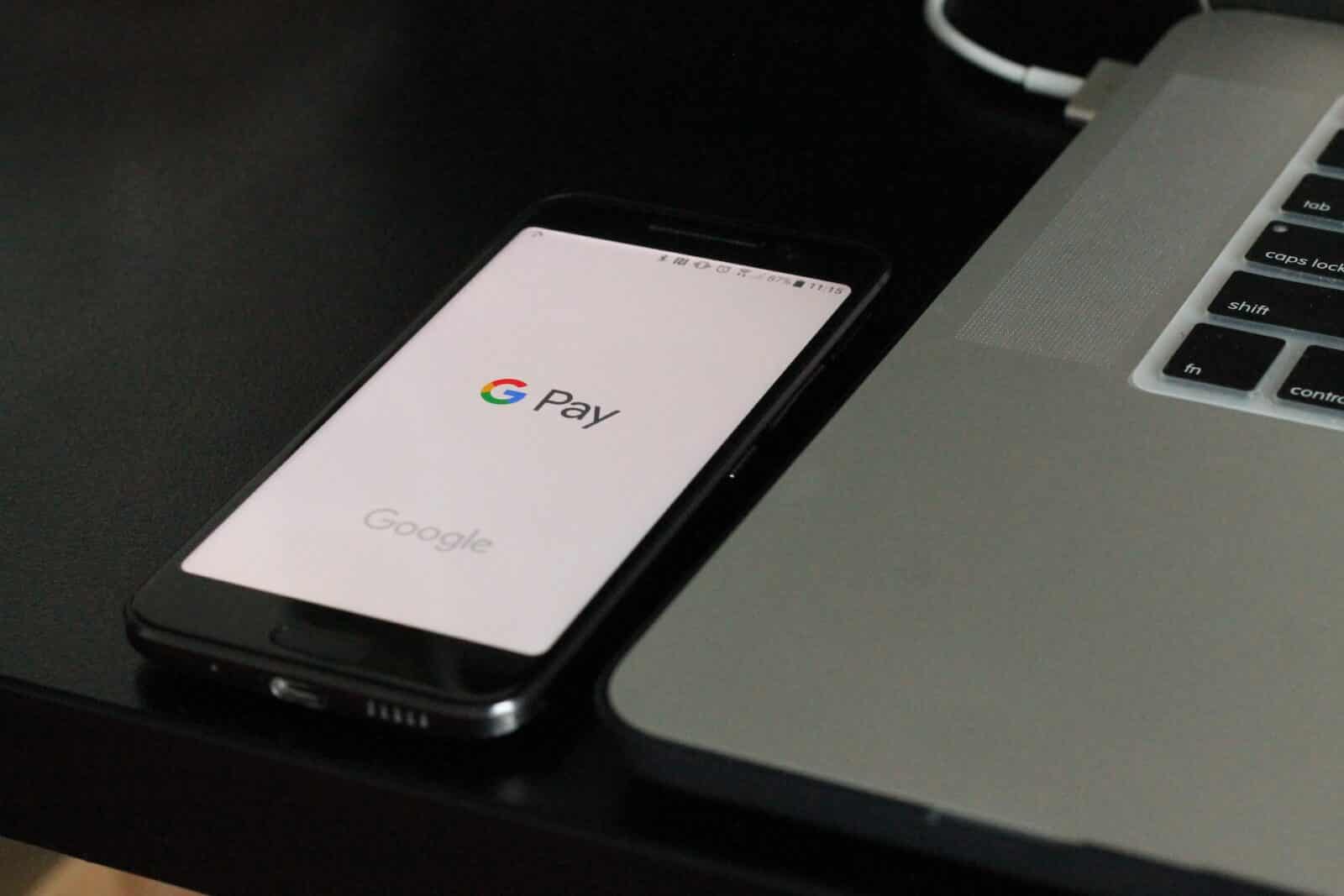Neobanks are an engine of progress and this isn’t an exaggeration. They have emerged as disruptive competitors to traditional banks, challenging their dominance. Consequently, traditional banks were forced to adapt, innovate, and improve their digital offerings to stay relevant in the evolving financial landscape. In this article, we:
- state what formed the basis of the success of neobanking
- mention the challenging problems faced by neobanks and offer solutions to them
- speculate on what to expect from the neobanking market.
An overview of neobanking
Neobanking emerged in the late 2000s as a response to the limitations of traditional banking models. One of the first neobanks, Simple, was launched in the United States in 2009. Following its success, neobanks began to proliferate globally, with notable examples including Monzo, Revolut, and N26. These digital-first banks disrupted the industry by offering streamlined, mobile-centric banking experiences, innovative features, and competitive fee structures, attracting a growing customer base seeking convenient and tech-driven financial services.
What is neobanking?
A neobank refers to a type of financial institution that operates exclusively online without any physical branches. Also known as digital banks or challenger banks, neobanks offer a range of banking services, such as checking and savings accounts, payment processing, money transfers, loans, and other financial products. They differentiate themselves from traditional banks by leveraging technology and innovative digital platforms to provide convenient, user-friendly, and often cost-effective banking experiences to their customers.
Advantages of neobanking
The following advantages have positioned neobanks as attractive alternatives to traditional banking:
- convenient access to accounts and transactions via mobile apps and online platforms
- lower fees and competitive pricing compared to traditional banks
- intuitive interfaces, real-time updates, and personalized financial insights
- introduction of innovative features and tools beyond basic banking services
- quick adaptation to customer needs and market trends through frequent updates
- advanced security measures and robust privacy protection
- integration with various financial services for a comprehensive financial ecosystem
The current state of neobanking
The rising popularity of online payment methods has played a significant role in driving the growth of neobank transactions and spending. The increasing adoption of mobile payment apps has made conducting financial transactions more convenient and effortless, eliminating the reliance on cash or physical cards. As a result, the neobanking industry is growing rapidly. According to Statista, between 2020 and 2021, lots of the largest digital banks globally experienced a market value increase of over threefold. However, providing quality digital banking services comes with its own challenges. Let’s explore the most burning of them and possible solutions.
Burning challenges faced by neobanks
All the challenges below contribute to the overarching goal of building a successful and thriving neobank that can effectively compete with traditional banks and other market players. Consider these challenges during online payment transfer app development.
1. Customer acquisition and retention
Building brand awareness and convincing customers to switch from traditional banks can be a significant hurdle. Traditional banks have succeeded in reducing customer attrition by offering digital services. Despite the unresolved trust issue, digital banking users who have their basic financial needs easily fulfilled tend to remain loyal to their current bank. Keeping customers engaged and satisfied to retain them is also challenging for a neobank.
Solution: Keep in mind that effective positioning and a compelling value proposition that resonates with customers can provide assurance and encourage consumers to make the switch. Continually provide innovative features, personalized experiences, and exceptional customer service to retain your user base.
2. No offline customer support
Neobanks exclusively rely on digital channels such as chat, email, or phone for customer service due to the absence of physical branches. However, the presence of a physical branch can instill a sense of security for customers.
Solution: Support options should be accessible across all online touchpoints, particularly within the mobile app. Openly share information about the support mechanism and estimated issue resolution times. Additionally, keep in mind that simple gestures like addressing users by their names, especially in the help section, can be a great solution for digital banks and compensate for the absence of in-person interactions typical of branch banking.
3. Competitive threats that can’t be ignored
Traditional banks use their existing customer base and resources to compete in the digital banking space, potentially overshadowing the growth and market share of neobanks.
Solution: Rather than engaging in financial competition with larger players, neobanks should leverage their unique strengths, such as user-centricity, ease of use, and cost advantages. By emphasizing these differentiating factors, neobanks can effectively carve their own niche in the market.
4. Dependence on region-specific regulations
The challenge of region-specific regulations for neobanks lies in the need to understand and comply with diverse regulatory frameworks across different jurisdictions.
Solution: Partner with experienced financial companies to comply with regional regulations. Such partners typically have a deep understanding of the regulatory landscape, established processes, and expertise in navigating complex compliance requirements.
5. Ensuring trust and credibility
Neobanks often lack the long-standing reputation and established track record of traditional banks, making it essential to build trust from scratch.
Solution: Invest in robust security measures, transparent communication, reliable customer support, and consistent delivery of high-quality services to earn and maintain the trust and credibility of your customers.
If succeeded in overcoming the challenges above, a digital bank would have the following opportunities.

What the future holds for neobanks
Neobanks are likely to see further growth, expanded market presence, and increased adoption as more customers embrace digital banking and seek convenient, tech-driven financial solutions. According to Statista, the neobanking market size is predicted to grow at a CAGR of 53.4% until 2030. Digital banks that are flexible in service delivery and keep their hands on the pulse of emerging trends in neobanking, will get a foothold in the market.
Opportunities for neobanks
The following opportunities will allow neobanks to capitalize on market trends, technology advancements, and changing customer expectations to establish themselves as innovative and competitive players in the financial industry:
- catering to underserved or unbanked populations, providing them with accessible and inclusive banking services
- collaborating with fintech companies to expand service offerings and integrate with specialized financial solutions
- integrating with various digital ecosystems, such as e-commerce platforms or mobility services, to offer seamless financial services as part of a broader digital experience
Emerging trends in neobanking
Neobanks are leading the way in 2023, driving groundbreaking technological advancements in the finance industry. Neobanks increasingly utilize:
- cryptocurrencies and blockchain technology to offer customers services such as crypto asset support, cryptocurrency exchanges, integrated crypto wallets, and streamlined cross-border payments. Blockchain’s properties enhance security, transparency, and compliance while facilitating identity verification and participation in decentralized finance ecosystems. These advancements enable neobanks to provide enhanced financial services and improved transaction efficiency to their customers.
- artificial intelligence (AI) and machine learning (ML) for personalized recommendations, fraud detection, chatbots, risk assessment, predictive analytics, process automation, and natural language processing. An AI-powered neobank can boast enhanced customer experiences, improved security, streamlined operations, and enabled data-driven decision-making.
- instant loans and credits to consumers, using technology to speed up and streamline lending processes.
Predictions for neobanking
Some reports assure us that the future of neobanks is promising, with further growth and disruption anticipated. Neobanks are expected to expand their product offerings beyond core banking services, potentially including insurance, investments, and specialized business banking solutions. Additionally, increased collaboration between neobanks and traditional financial institutions is likely, as incumbents recognize the potential of digital banking and pursue partnerships or acquisitions to enhance their own offerings.
As neobanks continue to grow, they have the potential to revolutionize the banking industry further, expanding their product offerings, forging strategic partnerships, and leveraging cutting-edge technologies like AI and blockchain. The future of neobanks holds immense promise, offering a glimpse into a financial landscape that is increasingly accessible, transparent, and tailored to the evolving needs of customers in the digital age.
















Leave a Reply